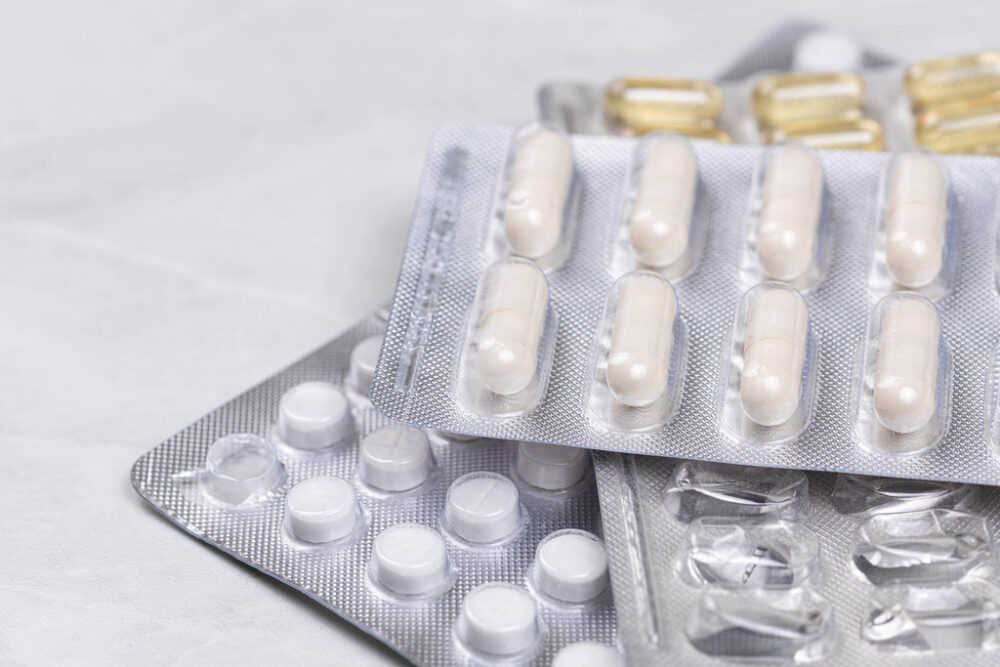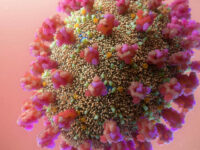With a student vaccination rate of 99.6 percent, according to Northeastern’s Life Sciences Testing Center and the Broad Institute, it’s easy to forget that we are living through a public health crisis. For many students, the ongoing COVID-19 pandemic has become somewhat of an afterthought; aside from weekly visits to Cabot and masking in public buildings, things are essentially back to normal, or rather the “new normal.” However, this sort of normalcy isn’t a luxury afforded to all.
Across the globe, thousands of COVID-related deaths occur each day, along with hundreds of thousands of more infections. Though vaccine distribution has, in some wealthier nations, aided in lessening the burden of disease, many low- and middle-income countries remain — for lack of a better term — at square one. Countries in sub-Saharan Africa and the Middle East have fallen far behind the rest of the world, with many missing the vaccination target of 10 percent at the end of September, according to the World Health Organization. But, why?
The answer is simple: these countries lack the financial resources and basic healthcare infrastructure that have enabled countries like the United Arab Emirates, Spain, Singapore, and Canada to achieve vaccination rates as high as 90 percent, according to the New York Times. With COVID-vaccines being sold to governments by manufacturers at a rate of around $30 per dose, as reported by NPR, poorer nations (with populations in the millions) can’t afford large-scale immunization. Even still, if vaccines are afforded or donated, distribution itself remains a barrier. Per CDC guidelines, both Pfizer and Moderna have strict temperature regulation standards (between -90 and -60 degrees Celsius, and -50 and -15 degrees Celsius, respectively) that enable the efficacy of the vaccines. In countries where many health clinics lack electricity and where healthcare workers are scarce, the widespread distribution of properly-handled and properly-administered vaccines is almost inconceivable.
[Developing] countries lack the financial resources and basic healthcare infrastructure that have enabled countries like the United Arab Emirates, Spain, Singapore, and Canada to achieve vaccination rates as high as 90 percent.
But a solution could be in sight. Pharmaceutical giant Merck (maker of the NuvaRing, and the HPV vaccine Gardasil), in partnership with Ridgeback Biotherapeutics, has recently announced that Molnupiravir, a new antiviral COVID pill, has concluded clinical trials and is currently awaiting approval for emergency use authorization. According to a recent press release by Merck, Molunapiravir was shown to “reduce the risk of hospitalization or death by approximately 50 percent,” and with such promising results, distribution could begin within the coming year.
From a public health perspective, what distinguishes Molnupiravir from the more well-known Pfizer and Moderna vaccines is its method of administration — oral, as opposed to subcutaneous. Because the drug is in pill form, its temperature regulation range is much more forgiving and, instead of visiting a vaccination site, the five-day regimen can be taken by patients at home. Without the need for high-tech, low-temperature medical refrigeration equipment or even medical professionals to administer the drug, Molnupiravir could provide an effective alternative to traditional COVID vaccines. But the question remains: who will pay, and how?
Without the need for high-tech, low-temperature medical refrigeration equipment or even medical professionals to administer the drug, Molnupiravir could provide an effective alternative to traditional COVID vaccines.
In a display of altruism, Merck and Ridgeback have agreed to license the drug formula to Indian manufacturers who will create a generic version of the pill. This licensing agreement — which both Pfizer and Moderna rejected — will cost Merck and Ridgeback billions of dollars but will allow for reduced treatment costs in lower- and middle-income countries. According to Havard public health scholars Melissa J Barber and Dzintars Gotham, the contract will allow for the expected cost-per-treatment to plummet from over $700 to under $20 per person for the five-day regimen. Though still not trivial, the discounted price will be much more manageable for lower-income governments and will be critical in ensuring the drug’s acquisition and subsequent distribution. For low- and middle-income countries, Molnupiravir could be a step in the right direction to close the global health gap that has been further exacerbated by COVID-19.






